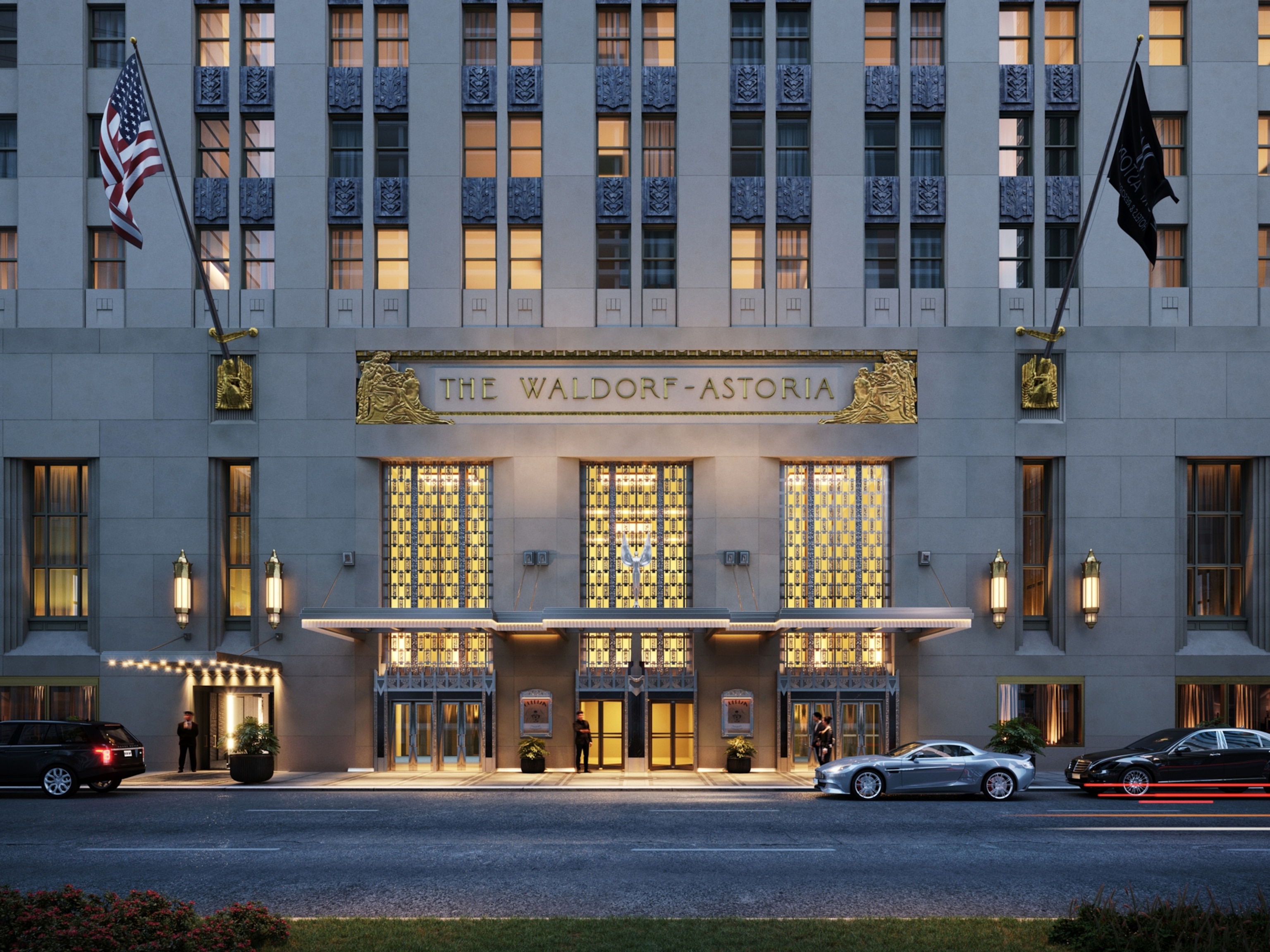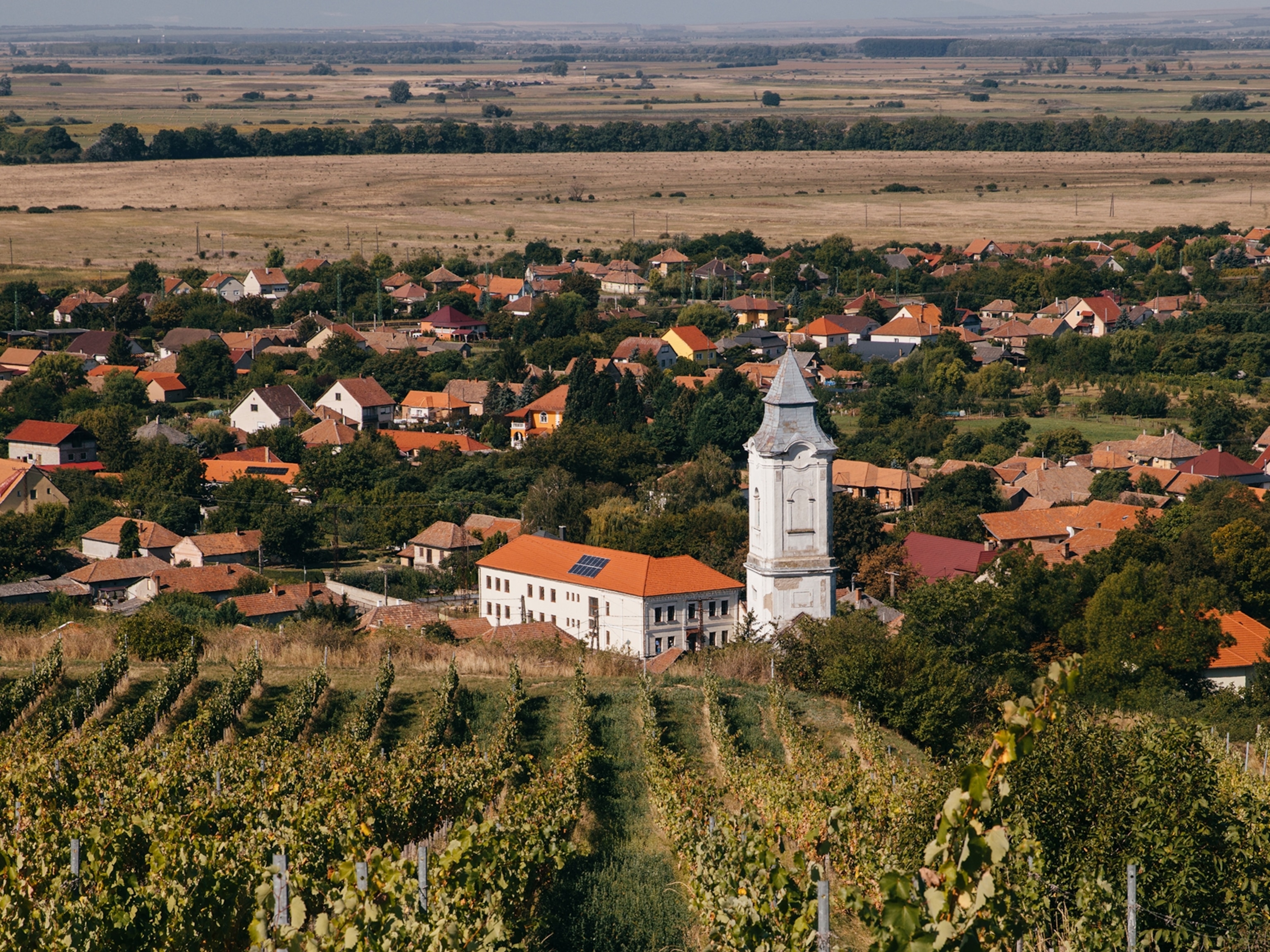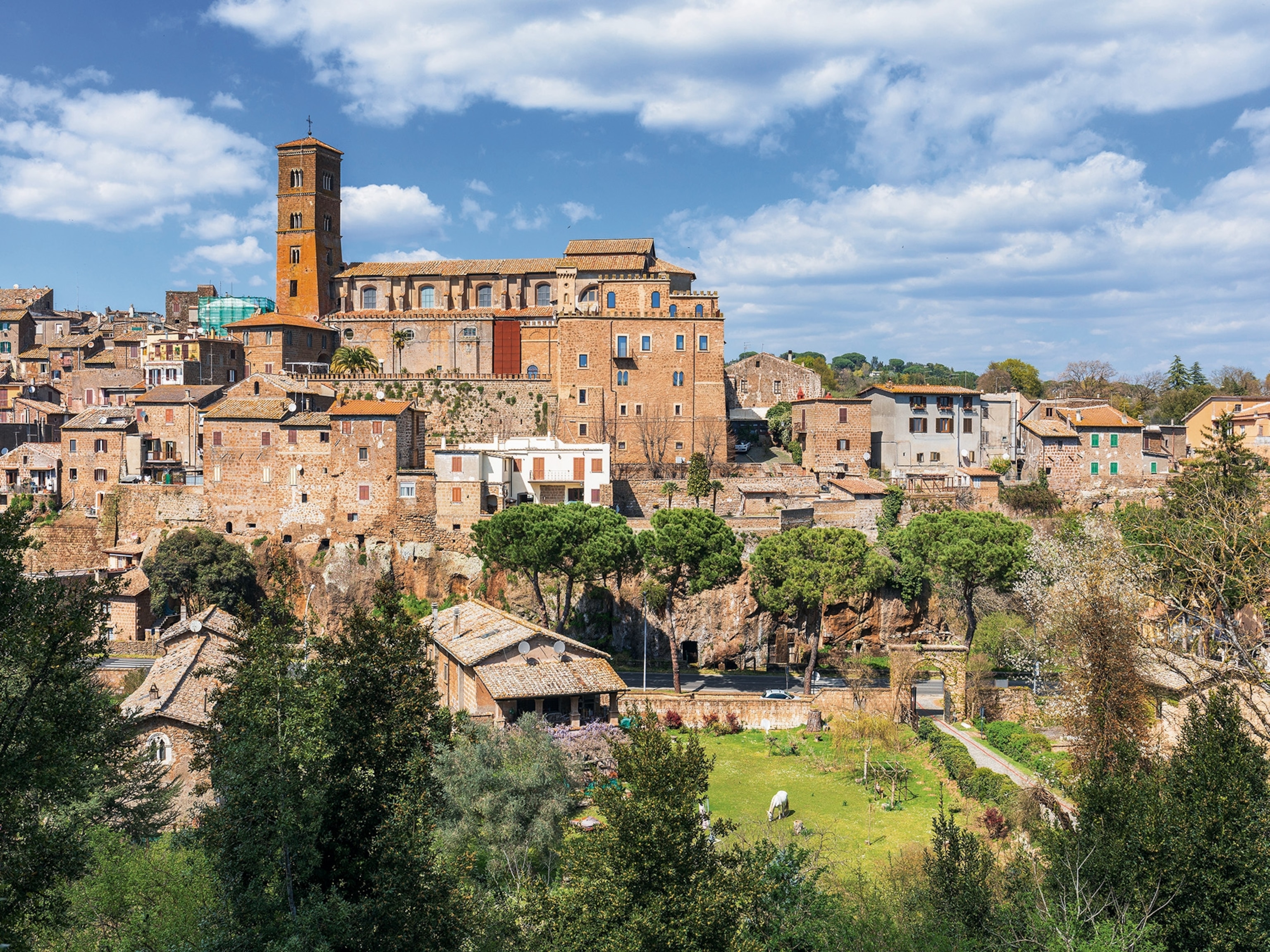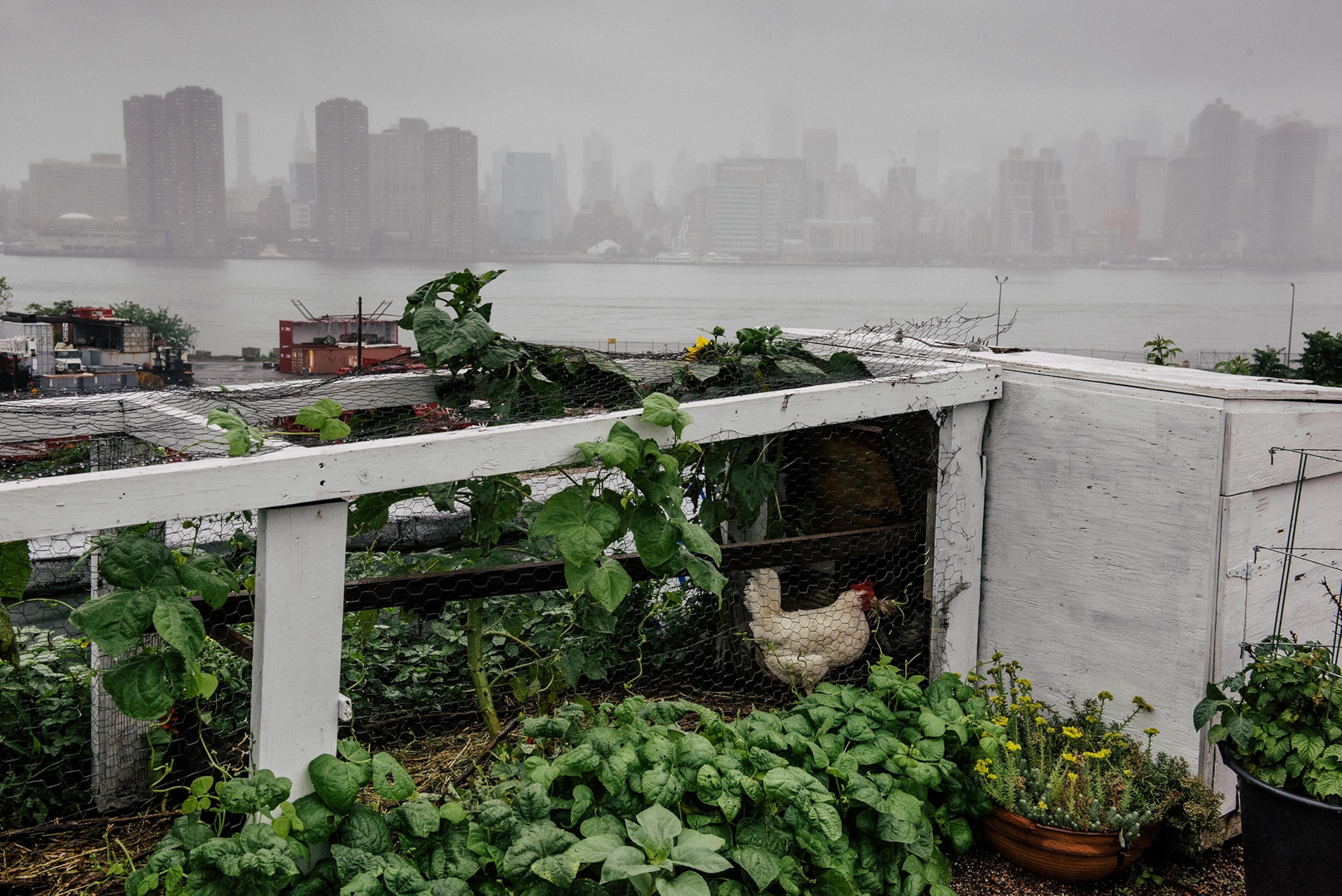
Raise the Roof: Urban Farms Expand Up, In, and Around
Rooftop farms have sprung up so quickly in American cities over the past decade that even the U.S. Department of Agriculture doesn’t know precisely how many exist.
Chicago is home to many, and New York City is a hotbed, of course, where places like Brooklyn’s Eagle Street Rooftop Farm (pictured above) provide fresh produce to neighborhood markets, and educational and volunteer opportunities for people itching to flex their green thumbs.
Few could argue that these spots have any downsides. They provide a pop of green to the concrete landscapes that surround them, and they encourage healthy eating. But as nice as community-building and locally sourced kale are, does gardening inside city limits actually put more food in more mouths?
The answer is probably no. A new report by the Johns Hopkins Center for a Livable Future suggests that, while there are benefits to urban agriculture, it may not be the hunger-fighting solution some hope it is.
“This discussion does not aim to discredit the role that urban agriculture projects play in providing workforce training and supplemental income generation, as well as the host of other benefits. However, it indicates that the rhetoric and expectations of urban agriculture efforts should revolve more around the social, health and environmental values they hold, with supplementary incomes and food provisions as additional benefits, rather than the other way around,” the report says.
And with urban populations on the rise, the question of how to efficiently grow more food in metropolitan areas is gaining urgency.
By 2025, the UN Food and Agriculture Organization estimates that 3.5 billion people will live in cities. And to feed them, city farmers must contend with the multiple challenges faced by country farmers, like climate change, plus a few more unique to urban areas.
For one, cities are often cramped and finding plots can be tricky—you can’t just put a bunch of soil on a roof and start rototilling. And then there’s pollution and climate change.

So what’s the answer? More innovative designs could be a step in the right direction.
For ecologist Dickson Despommier that means vertical farming, cultivating fruits and vegetables under controlled settings within tall buildings—now particularly popular in Japan. “Fukushima is the world leader in vertical farming,” he says, and those farms are critical to the city’s food supply. “They’ve got something like 150 of them, and they’re not allowed to fail anymore than an outdoor farm in the US.”
Architect Mitchell Joachim’s solution takes a different shape: The spherical pod he developed has a food-growing system on the outside and habitable space inside. The pod can be sized up to fit a larger site, Joachim says, or down to fit a high-rise balcony.
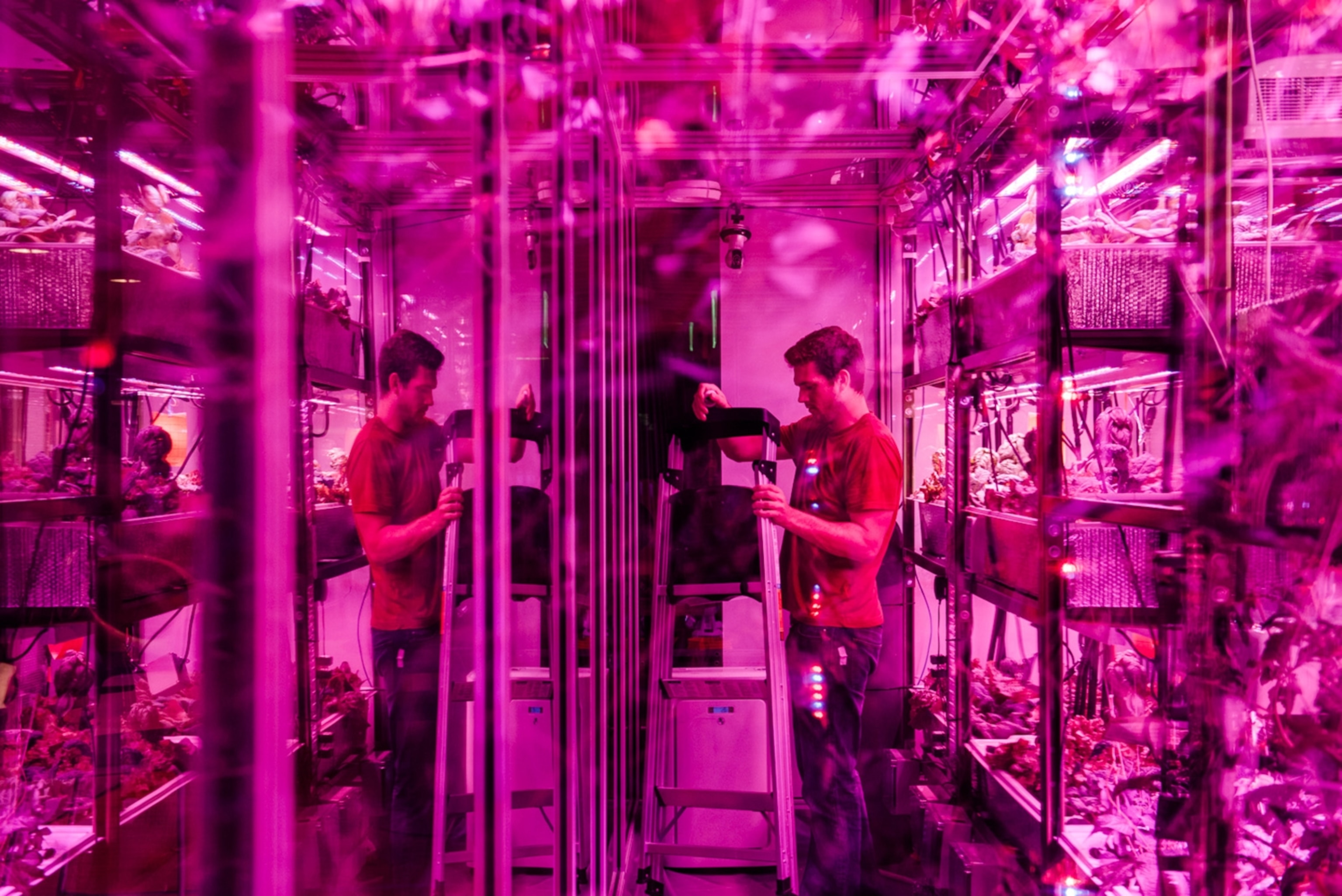
National Geographic emerging explorer and urban farming pioneer Caleb Harper is taking a more inside-the-box approach with his design. Harper heads the Open Ag Initiative at MIT’s Media Lab, where he’s developed a “food computer” that can be calibrated to create optimal conditions for cultivating fruits and vegetables.
The big advantage of this type of agriculture, he says, is the “ability to produce 365 days a year, as opposed to being dependent on a growing season. This winter I was doing an experiment with a major producer, growing strawberries at below zero temperatures in the worst winter in Boston’s history.”
And reports are, they were delicious.
Get a glimpse of more innovative urban farms in the United States on Proof.
Catherine Zuckerman is a writer for National Geographic magazine. Find her on Twitter.

